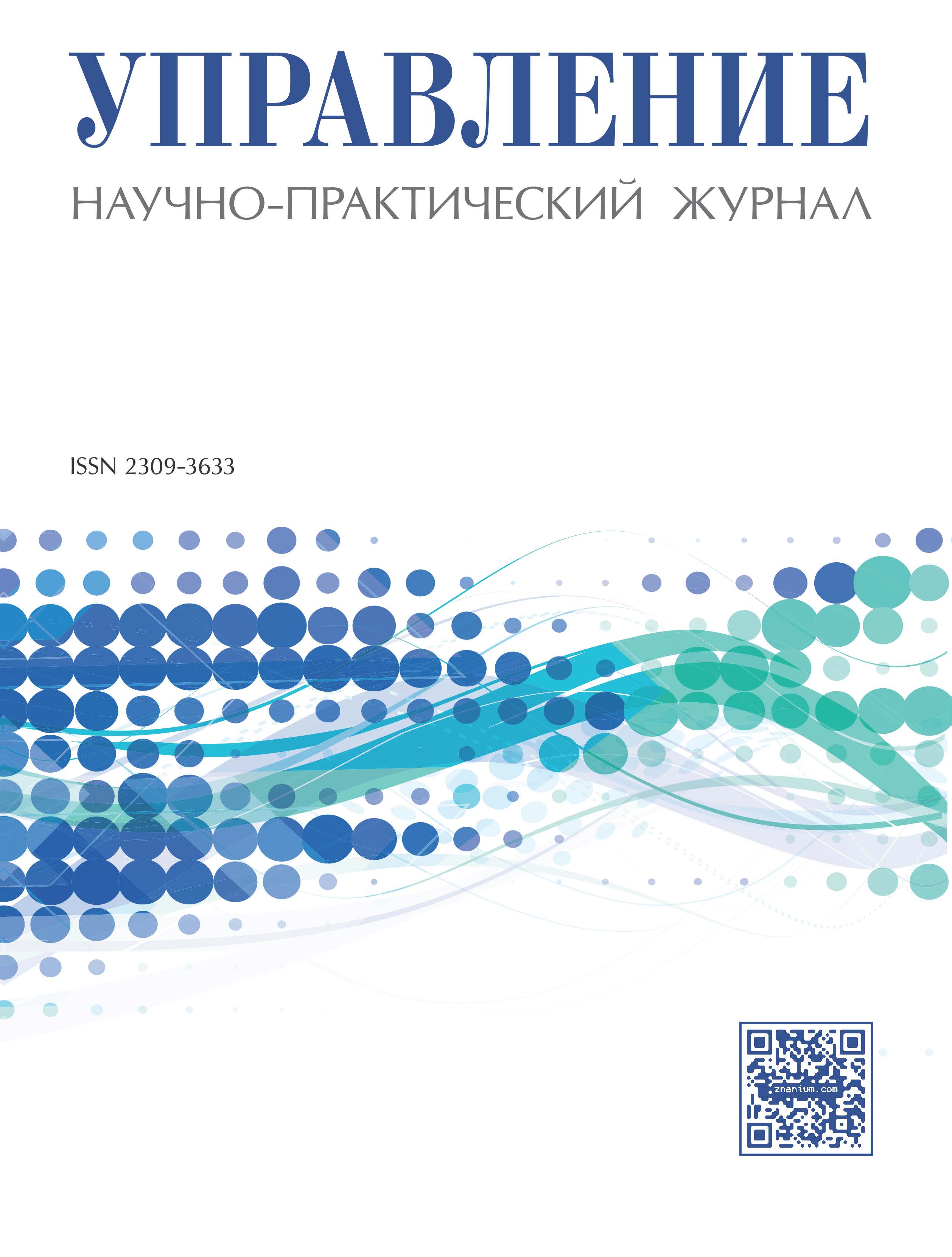This paper is devoted to the influence of standardization on emergence and development of global value chains (GVC). Nowadays trade in value added is the subject for heated debates. However, the role of standardization (in particular, international standardization) is highly underestimated. The study examines the history of the development of different types of standards, comparing different approaches to modeling the processes of standardization and develops recommendations for the economic policy of Russia on the basis of its present position in the GVC. At the moment, we can say unambiguously that standardization leads to the shift of firms from upstream stages of production to the field of design and marketing, where a greater chance to realize competitive advantages exists (downstream stages). For Russia, it means continuous improvement in the following areas: the development of large and small businesses in sectors that are not related to the energy, encouraging companies to establish supply chains and value chains, customer orientated businesses. In addition to the positive effects of standardization, the article also reviews some negative shocks. They occur when the standards are being introduced to small firms, or when accepted standards are not harmonized in accordance with international standards, or when there are no resources for modernization within the global value chain, or when there are no opportunities to move into new markets where standardization is lower, or when different standards are set to reach controversial objectives. Nevertheless, in all these cases, there are certain conditions which implementation will make standardization the most effective. These include, for example, a balance between the amount of the factor used in the production and the complexity of the technology. This condition is explained here both mathematically and by the example of the Chinese national program for certification of organic products. Thus, the importance of international standardization for the development of global value chains cannot be overstated, despite possible negative effects. That is why Russia should be actively involved in all of these processes in order to stimulate economic growth.
international standards, standardization, global value chains, world economy, value added, staged production, economic models, the internationalization of production.
В современной науке анализу глобальных цепочек стоимости придается первостепенное значение, но из-за отсутствия единого подхода многие факторы, влияющие на их развитие, остаются неохваченными даже при математическом моделировании. Стандарты являются одной из таких переменных. Причем практически не принимаются во внимание различия между стандартами, выработанными гражданским обществом, государством и частным сектором. Помимо этого, не рассматривается их тесная взаимосвязь с международными стандартами, которые влияют на 80% мировой торговли товарами [13, с. 2], используются ВТО во избежание технических барьеров в торговле [14, c. 132], ускоряют развитие более эффективных процессов производства, повышают производительность.
В связи с этим необходимо понять, как стандарты влияют на организацию ГЦС, насколько велико это влияние. Ответ на этот вопрос позволяет выработать рекомендации по проведению экономической политики в Российской Федерации с использованием инструмента международной стандартизации. Как известно, в настоящее время российские производители слабо вовлечены в глобальные цепочки создания стоимости, а если и вовлечены, то только на начальных этапах, связанных с поставками сырья и топлива. Очевидно, что чистые выгоды от подобного поведения (в терминах добавленной стоимости) практически отсутствуют, тормозится технологическое развитие отраслей. Стандарты же могут явиться на первых порах одним из наиболее эффективных инструментов включения России в ГЦС на конечных этапах производства, а также могут способствовать открытию более прибыльных сегментов международного рынка.
1. Antràs P., Chor D. Organizing the global value chain. Econometrica, 2013. V. 81, No. 6, pp. 2127-2204,.
2. Baldwin R., Venables A. Spiders and snakes: offshoring and agglomeration in global economy. NBER Working Paper. No. 16611, 2010.
3. Banga R. Measuring value in global value chains: regional value chains. UNCTAD Background paper, 2013.
4. Benedictow A., Fjærtoft D., Løfsnæs O. Oil dependency of the Russian economy: an econometric analysis. Economic Modeling, V. 32, 2013. Рp. 400-428.
5. Bucheli M. The Politics of Vertical Integration in Extractive Industries. Business History and Political Economy. University of Illinois at Urbana−Champaign. College of Business, 2007.
6. Costinot A., Vogel J., Wang S. An elementary theory of global supply chains. NBER working paper. No. 16936, 2011.
7. Cusumano M. A. The Japanese Automobile Industry. Technology and Management at Nissan and Toyota. Cambridge, Mass.: Harvard University Press, 1985.
8. Etzioni A. U.S. Technological, Economic, and Social Development for the 21st Century. Research in Public Policy Analysis and Management. V.4, 1987. Р. 264.
9. Gereffi G., Humphrey J., Sturgeon T. The governance of global value chains. Review of International Political Economy. V. 12, 2005. Рp. 78-104.
10. Harms P., Jung J., Lorz O. Offshoring and Sequential Production Chains. A General-Equilibrium Analysis. Working Papers 14.01, Swiss National Bank, Study Center Gerzensee, 2014.
11. Hounsell D.A. From the American System to Mass Production, 1800-1932. Baltimore: Johns Hopkins University Press, 1984.
12. Kaplinsky R. The role of standards in global value chains. World Bank, 2010.
13. ISO report «ISO standards - What’s the bottom line?». May, 2012.
14. WTO Agreement on Technical Barriers to Trade. 15. International Trade Centre: Standards Map. Available at: http://search.standardsmap.org/assets/media/ChineseNationalOrganicProductsCertificationProgram/English/AtAGlance_EN.pdf
15. OECD-WTO Trade in Value Added (TiVA). Available at: http://stats.oecd.org/Index.aspx?DataSetCode=TIVA_OECD_WTO
16. United Nations Statistics Division - Commodity Trade Statistics Database. Available at: http://comtrade.un.org/







